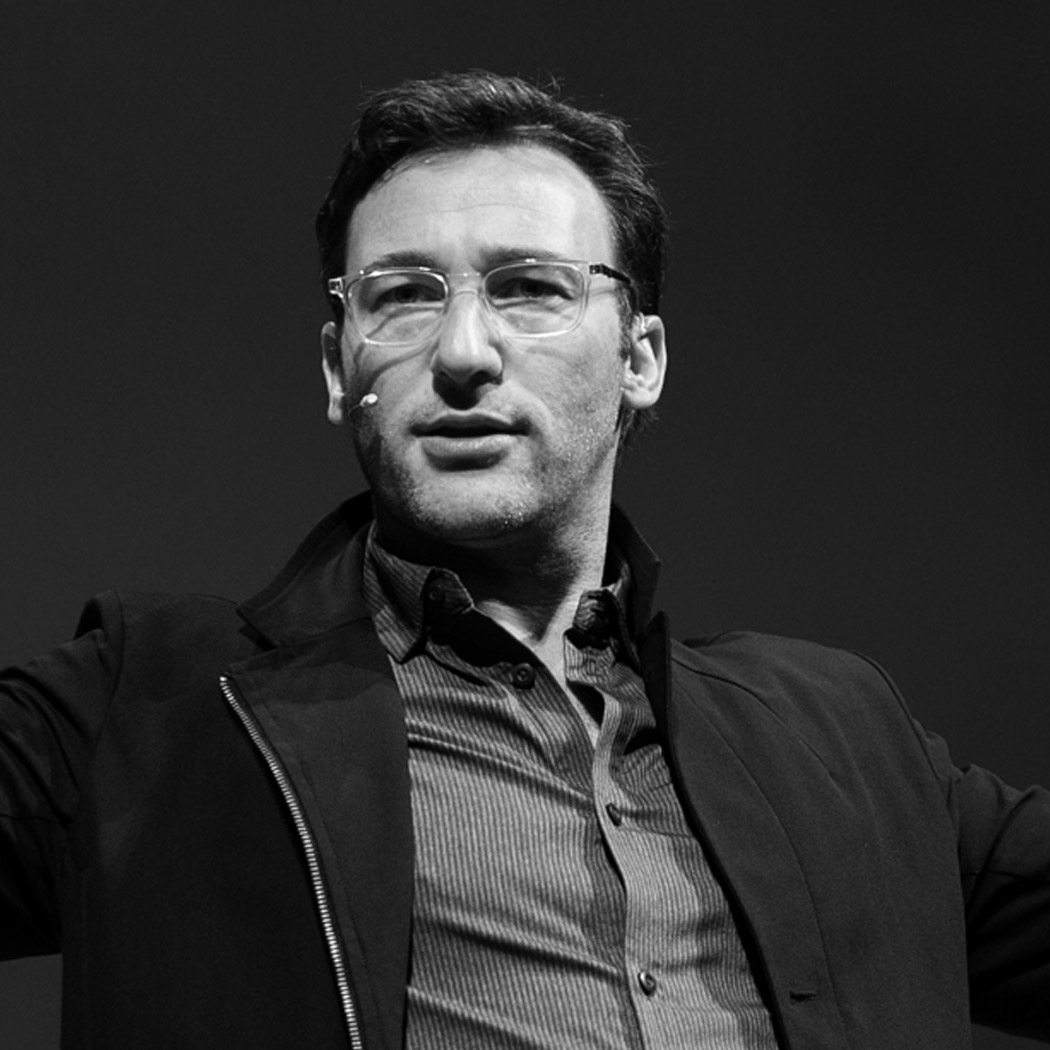This article originally appeared at Gen-i’
Simon Sinek’s book ‘Start with Why’ is an incredible read for those of you who want to understand how successful businesses operate.
It talks about the How/Why skill sets/roles and gives some interesting case studies to illustrate the power of Why in business.
As much as this book is about Why, those keen to learn the skills of the how/structure skill set will get great value from this. Even simply enabling you to identify which of these roles you are, is invaluable.
That’s why I had to write about it.
‘People don’t buy WHAT you do, they buy WHY you do it’
The main idea to take away from this is ensuring all your employees know the Why of the business. Commonly called a ‘Mission Statement’, this clearly defined sentence or two can unite teams, inform decision making, marketing, hiring and much more. It is integral to an effective business structure.
It’s well documented that the companies that nail this idea, thrive. The entire team’s effort is aligned towards a common goal. Think about defining and effectively communicating your Why. As the business owner, firstly ensure YOU know the Why.
This may sound simple, but I’ve had many conversations where an owner could not succinctly tell me the company’s Why.
If you don’t know, how will your team?
Every person in the business must know and internalise this core belief and associated values. It drives and informs the How of a business.
The Limbic Brain & the Neocortex
Have you ever had a conversation where you asked someone why bought that phone; why they chose to travel to a particular place; or even why they love their partner or spouse?
Then they pause, think and struggle to articulate exactly why?
This is the difference between our Limbic brain and Neocortex. This is subject fascinates me and since reading and understanding the difference I have found it useful in many situations, both professional and personal.
Your Limbic brain is responsible for feelings like trust and loyalty, but amazingly does not have the capacity for language. This is why articulating your feelings is so difficult.
Consider explaining why you love your partner…’you just do’; it’s a feeling.
But after a pause, you begin rationalising it: ‘They are smart, funny, kind…’
This rationalising is your neocortex – the rational, analytical part of your brain, and also the part which controls language, making it easy to articulate our thoughts rather than our feelings.
The limbic brain is powerful; it drives those ‘gut decisions’ when, despite all the facts, you trust your gut implicitly and it just ‘feels’ right.
If your Why is clearly communicated through the structure elements of your business e.g. its brand, marketing, customer interactions and overall business ethos, you can trigger the powerful ‘gut feelings’ of trust in customers. Remember, ‘Value is a perception, not a calculation’.
The Importance of Culture
Consider what a company is for a second: it is a group of people co-operating for a common goal. It operates with a common set of beliefs and values.
What makes a successful business resilient? Size? No. Corporate structure? No. Great bonus scheme? No. It’s the culture.
Companies that thrive and attract great people create a strong culture; a set of core values and beliefs that run through all aspects of the company. Their employees feel rooted, protected – and this breeds loyalty beyond the pay cheque. Think about it: we are tribal beings, evolved to live in co-operative groups. Key to our success as a species, is powerfully basic human instinct. A reciprocal arrangement where each individual both benefits from and contributes to, the whole.
Remember to consider ‘benefit’ in many contexts – financially, personally, relationships, health.
As the visionary and business owner, it is your responsibility is to reinforce the Why and through the structure in your business, to create the safe and protective environment where people thrive. Do not underestimate the value added to your business through a well-established culture; it is an absolutely crucial ‘asset’ (more to come on this subject in future blogs!).
The Celery Test
OK, let me explain…
The Celery Test relates to incorporating the Hows and Whats of other businesses.
We all like to read and study what others are doing in the hope of improving our business, or innovate. But without a core Why, it can be difficult selecting those structural changes that will be a good fit.
Simon illustrates this with the following example: imagine you’re in a supermarket and someone says, ‘you should have M&Ms in your business’.
Another person says, ‘you should have rice milk in your business, everyone’s using rice milk just now’.
Someone else says, ‘you should have Oreos, we made millions with Oreos in our business’.
And someone says, ‘you should have celery, it was so effective in my business’.
This advice may come from accomplished business people, but just looking at your basket, neither staff nor customers would have a clue about your Why.
By filtering your operational decisions through your Why, you can ensure the innovations you adopt fit your overall mission. Asses your team, management, hiring procedure, product offering, branding, marketing strategy, and processes. Do they reflect your core values and beliefs?
If they are not aligned with your Why, these systems will seem contrived, and neither staff nor customers will have clarity about your business. Neither will engage effectively, and this will create a weak structure and dilute your impact. The consistency of your core values and beliefs is key.
Split Happens
With all this discussion of the importance of Structure within your business as means of delivering your passion – or Why – I feel it is important to reflect for a moment on how the relationship will change over time.
Initially the founder will rely on passion to drive the decision making; that ‘gut instinct’ will be front and centre. But one person cannot possibly oversee everything, and you cannot rely on staff to have the same gut instinct as the founding visionary. Vision alone cannot sustain it. Structure is key, but this relationship is interdependent; Vision needs Structure, equally Structure needs Vision to grow the business.
As your business grows, you need to begin incorporating more and more STRUCTURE but importantly never neglect the VISION that started it and plays an integral role in fuelling the IMPACT. Vision creates customer and staff loyalty, triggers the Limbic brain giving staff and customers that ‘buzz’ that we all seek.
Research is showing that Millennial consumers are one of the most discerning customer demographics, they actively seek out businesses with strong core belief and values….and they are willing to pay more to buy from them. Likewise, employees are looking for ‘purpose’ in the business they work for, without it they will leave.
So as your business grows, concentrate on this powerful reciprocal relationship. As you grow, implement structure but ensure there is a good dose of passion along the way, remember each multiplies the other!
In summary…
This is an excellent book for any business owner to read. I implemented many innovations in my business after reading it and saw the impact in a matter of months.
If you are the passionate Why person in your business, you will better understand the role you play in the business as it grows. Understand the need to source people with complementary skill sets to implement the structure element, which will increase your impact.
Use the knowledge of the Limbic brain and neocortex to inform your marketing, brand and PR.
Consider how you build a brand and business culture aligned with your core beliefs.
Finally, be conscious of the interplay between vision (WHY) and structure (HOW) as the business develops, and the multiplicity of the relationship between both.
Want to read the book? Check it out on Amazon.
Simon Sinek is an engaging and articulate speaker – Check out his video HERE


